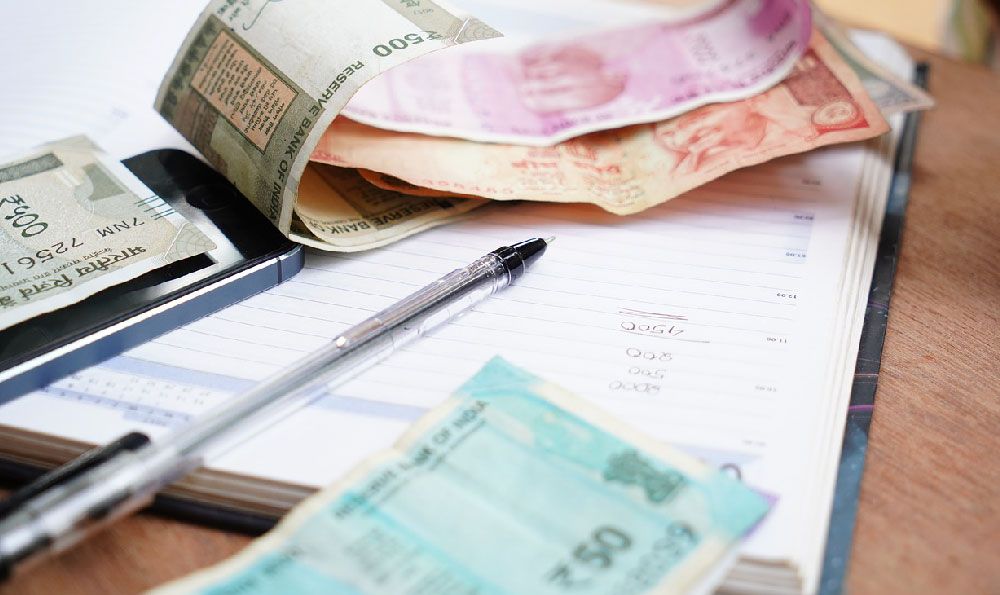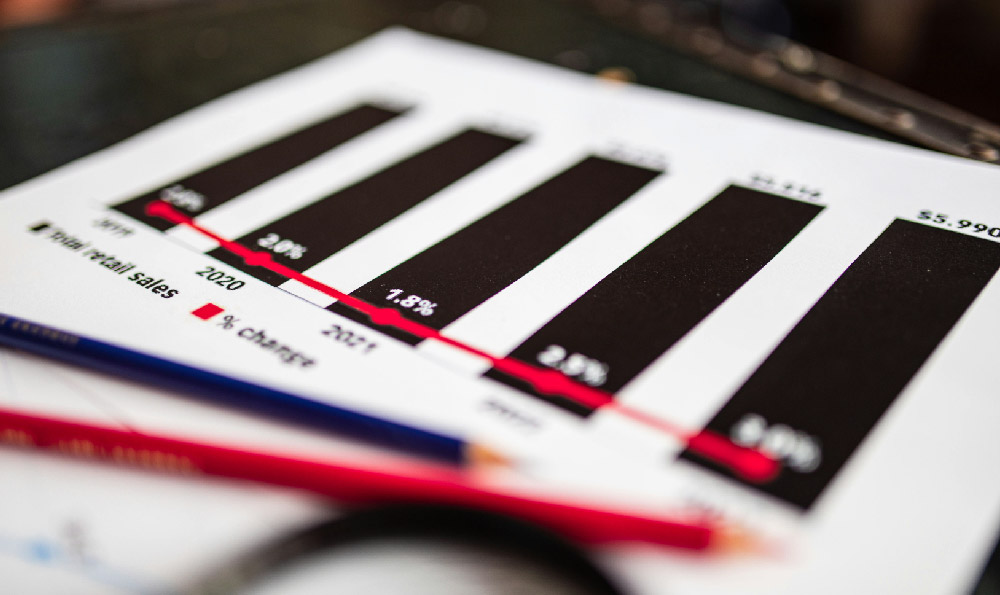YouTube monetization can seem like a daunting maze, but with the right strategies and a clear understanding of the platform, turning your passion into a profitable venture is entirely achievable. It's not simply about racking up views and subscribers; it's about building a sustainable channel and understanding the various avenues available to generate revenue.
The most obvious and widely known method is through the YouTube Partner Program (YPP). To qualify, you need to meet certain criteria: 1,000 subscribers and 4,000 valid watch hours within the past 12 months. Once you've reached these milestones, you can apply for monetization through AdSense. This involves linking your YouTube channel to an AdSense account and agreeing to YouTube's Partner Program terms. After approval, you can enable different ad formats on your videos, such as display ads, overlay ads, skippable video ads, non-skippable video ads, and bumper ads. The revenue generated depends on factors like ad impressions (CPM - cost per mille, or cost per 1,000 impressions) and ad clicks (CPC - cost per click), which are influenced by your audience demographics, niche, and overall video engagement. However, relying solely on AdSense revenue can be unpredictable and often insufficient, especially when starting.
Beyond AdSense, diversifying your income streams is crucial for long-term financial stability. Channel memberships offer a way for your dedicated fans to support you directly. You can offer exclusive perks like custom badges, emojis for live chats, access to member-only videos, or even early access to content. This creates a sense of community and provides a recurring revenue stream, as members pay a monthly fee for these privileges. To be eligible for channel memberships, you need to be part of the YPP, have over 1,000 subscribers, and comply with YouTube's policies.

Another effective monetization strategy is merchandise. If you've built a brand around your channel, selling branded merchandise like t-shirts, mugs, hats, and stickers can be a lucrative avenue. YouTube offers a merchandise shelf that allows you to showcase and sell your products directly below your videos. This requires you to partner with a supported merchandise retailer. Alternatively, you can use platforms like Shopify or Etsy to create your own online store and promote it through your YouTube videos. The key here is to offer high-quality merchandise that resonates with your audience and reflects your brand identity.
Super Chat and Super Stickers are features that allow viewers to purchase highlighted messages in live chat during live streams and Premieres. These messages stand out and remain pinned in the chat for a certain duration, increasing their visibility and giving viewers a way to support their favorite creators in real-time. This is particularly effective for channels that regularly host live streams or engage with their audience through Premieres. The amount viewers pay determines the length of time their message stays pinned.
Affiliate marketing involves partnering with businesses and promoting their products or services in your videos. You earn a commission for every sale made through your unique affiliate link. This is a great way to monetize your content if you review products, offer tutorials, or discuss topics related to specific brands. Transparency is key here. Always disclose your affiliate relationships to your audience to maintain trust and avoid misleading them. Choose products or services that are relevant to your niche and that you genuinely believe in.
Sponsorships offer another significant revenue opportunity. Brands may pay you to feature their products or services in your videos. These can range from dedicated product reviews to subtle mentions within your content. Building strong relationships with brands and creating compelling content that aligns with their values is essential for securing sponsorships. Disclosing sponsored content is crucial for maintaining transparency and complying with advertising regulations.
YouTube Premium revenue is a often overlooked but valuable component. YouTube Premium subscribers pay a monthly fee to enjoy ad-free content and access exclusive features. As a creator, you receive a portion of the revenue generated from YouTube Premium based on the watch time your videos receive from Premium subscribers. This adds another layer to your income stream and rewards you for creating engaging content that viewers enjoy.
Crowdfunding platforms like Patreon offer a way for your fans to provide recurring financial support in exchange for exclusive rewards and behind-the-scenes access. This can be a great way to build a loyal community and fund your channel's growth.
Regardless of the monetization strategies you choose, quality content is paramount. High-quality videos that offer value to your audience are more likely to attract viewers, increase watch time, and generate engagement. Consistency is also key. Regularly uploading new content keeps your audience engaged and coming back for more.
Finally, never underestimate the power of analytics. Regularly analyze your YouTube Analytics to understand what's working and what's not. Pay attention to metrics like watch time, audience retention, traffic sources, and demographics. This data can help you optimize your content, refine your strategy, and maximize your monetization potential. Building a successful YouTube channel is a marathon, not a sprint. It requires patience, dedication, and a willingness to adapt to the ever-changing landscape of the platform. By diversifying your income streams, creating high-quality content, and engaging with your audience, you can turn your passion into a sustainable and profitable career.












